Nombre:
Catedral de Llandaff
Otro:
Localización:
View Larger Map
Tipo: Edificios Religiosos
Categoría:
Foto:
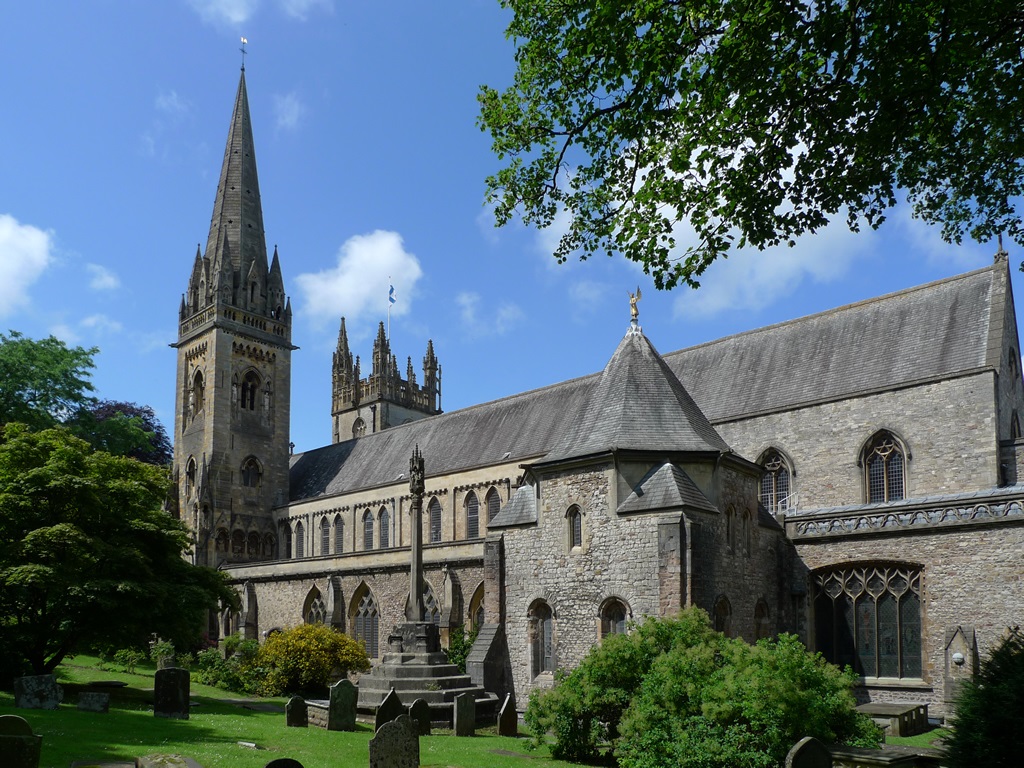
Voto:
Continente: Europa
País: Reino Unido
Localización: Llandaff, Cardiff
Año: 1120
Estado: Terminado
Descripción:Catedral Llandaff es la sede del obispo de Llandaff, cabeza de la Iglesia en Gales Diócesis de Llandaff. Está situado en el barrio de Llandaff en la ciudad de Cardiff, capital de Gales. El edificio actual fue construido en el siglo 12 en el sitio de una iglesia anterior. Está dedicada a San Pedro y San Pablo, y también a los tres santos galeses: Dubricius, Teilo y Oudoceus. Es una de las dos catedrales de Cardiff, el otro es la catedral católica romana en Cardiff centro de la ciudad.


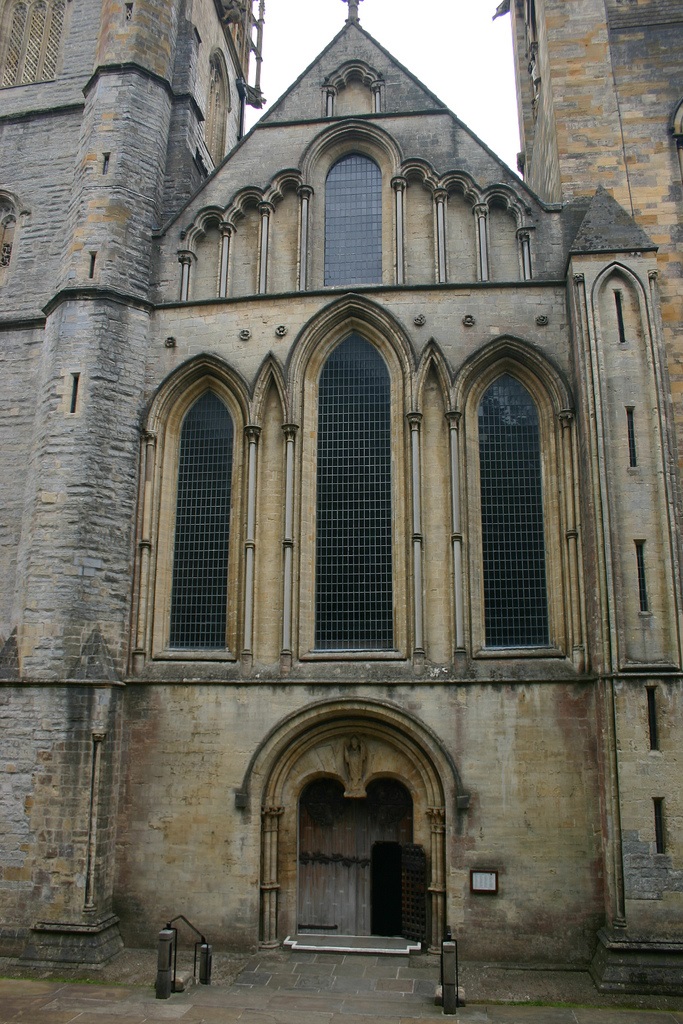
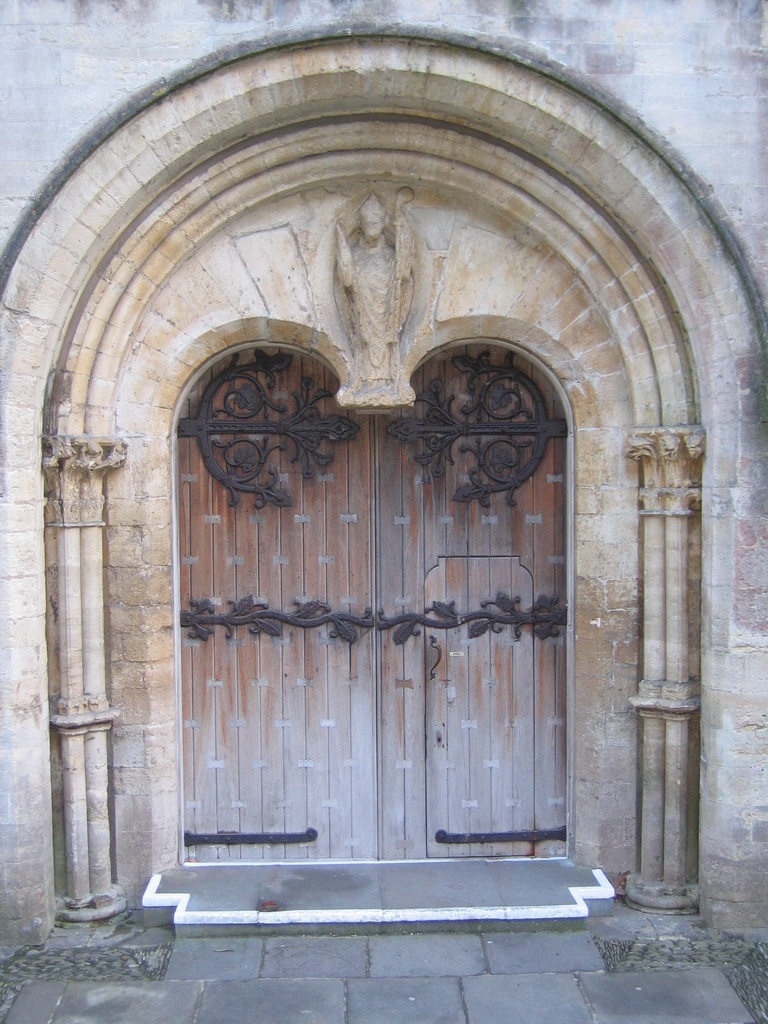
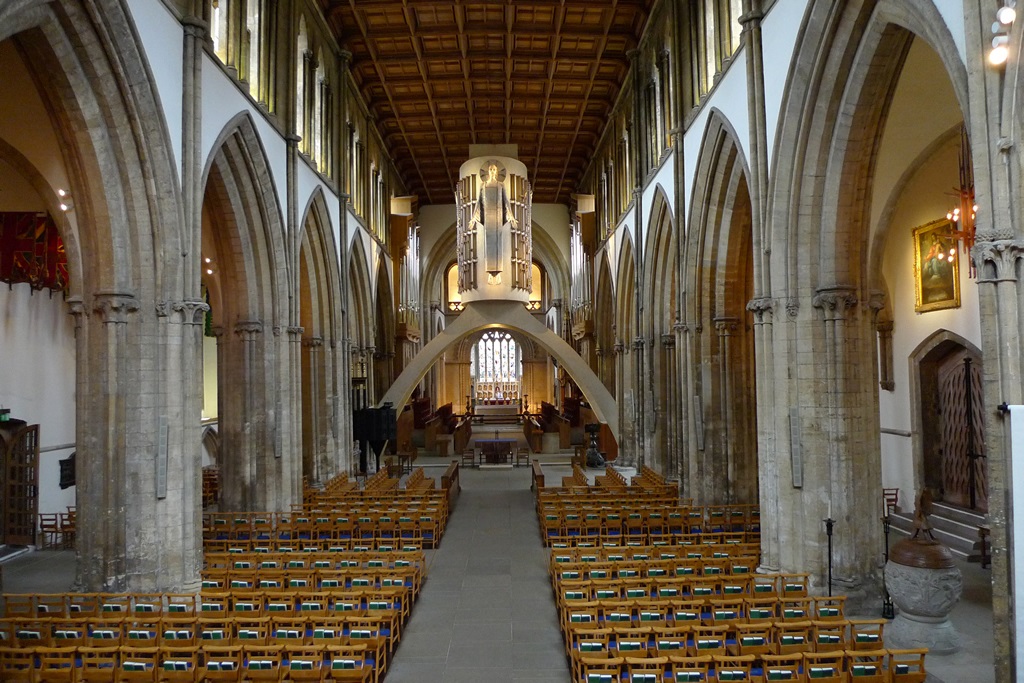
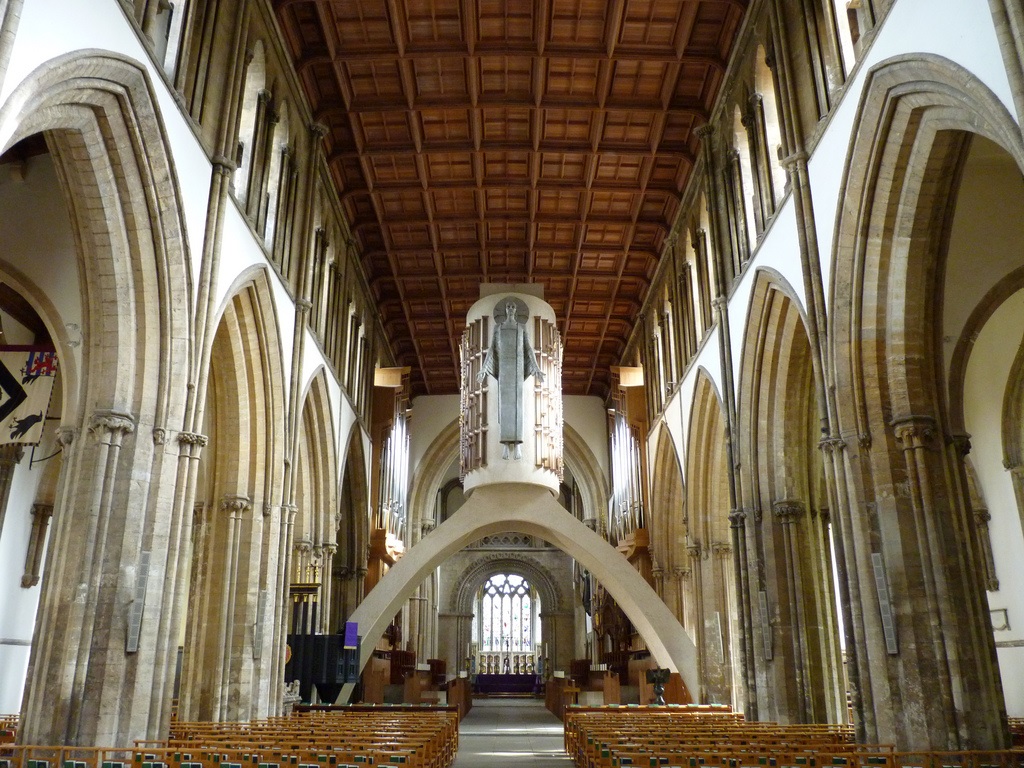

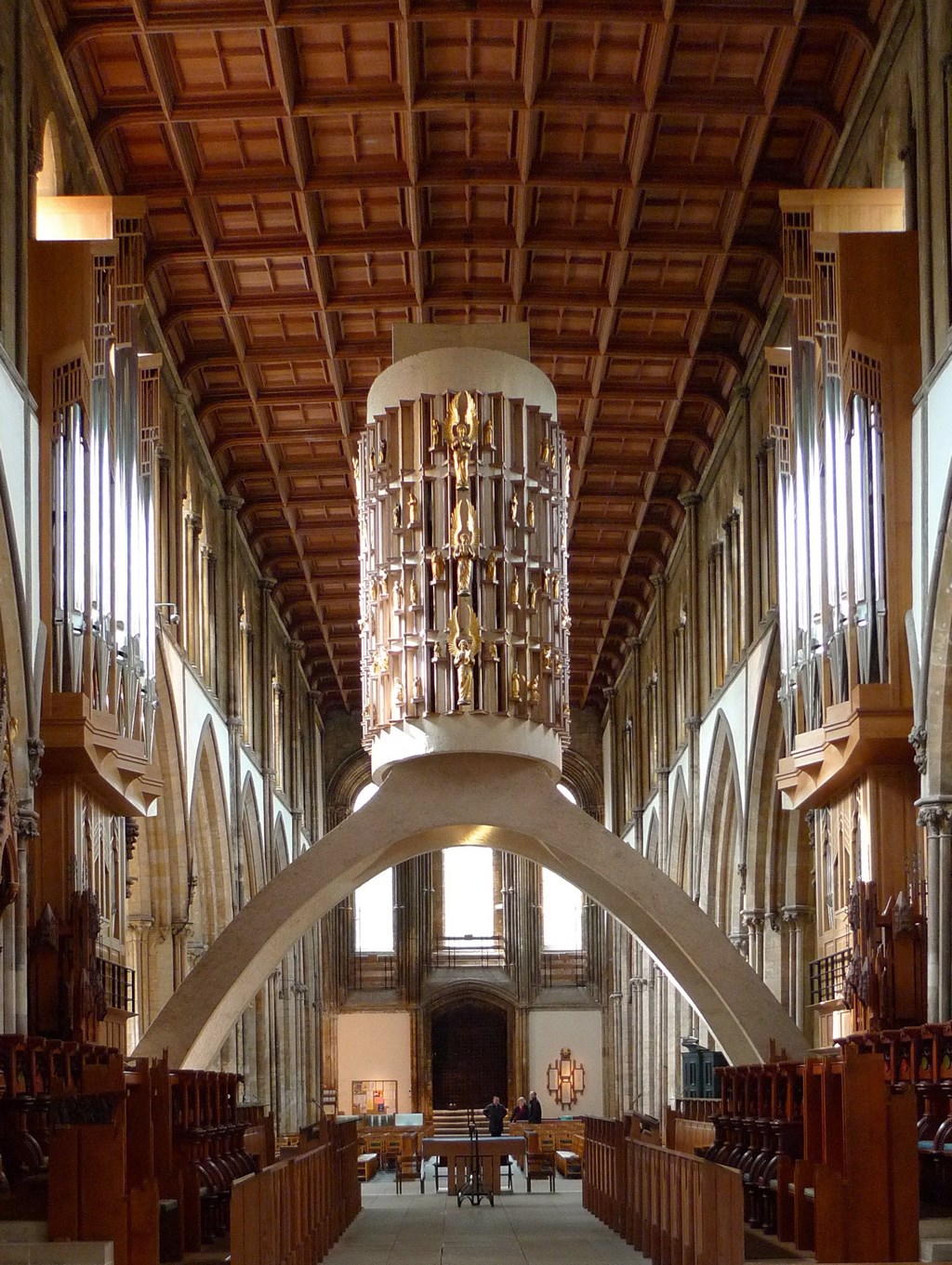
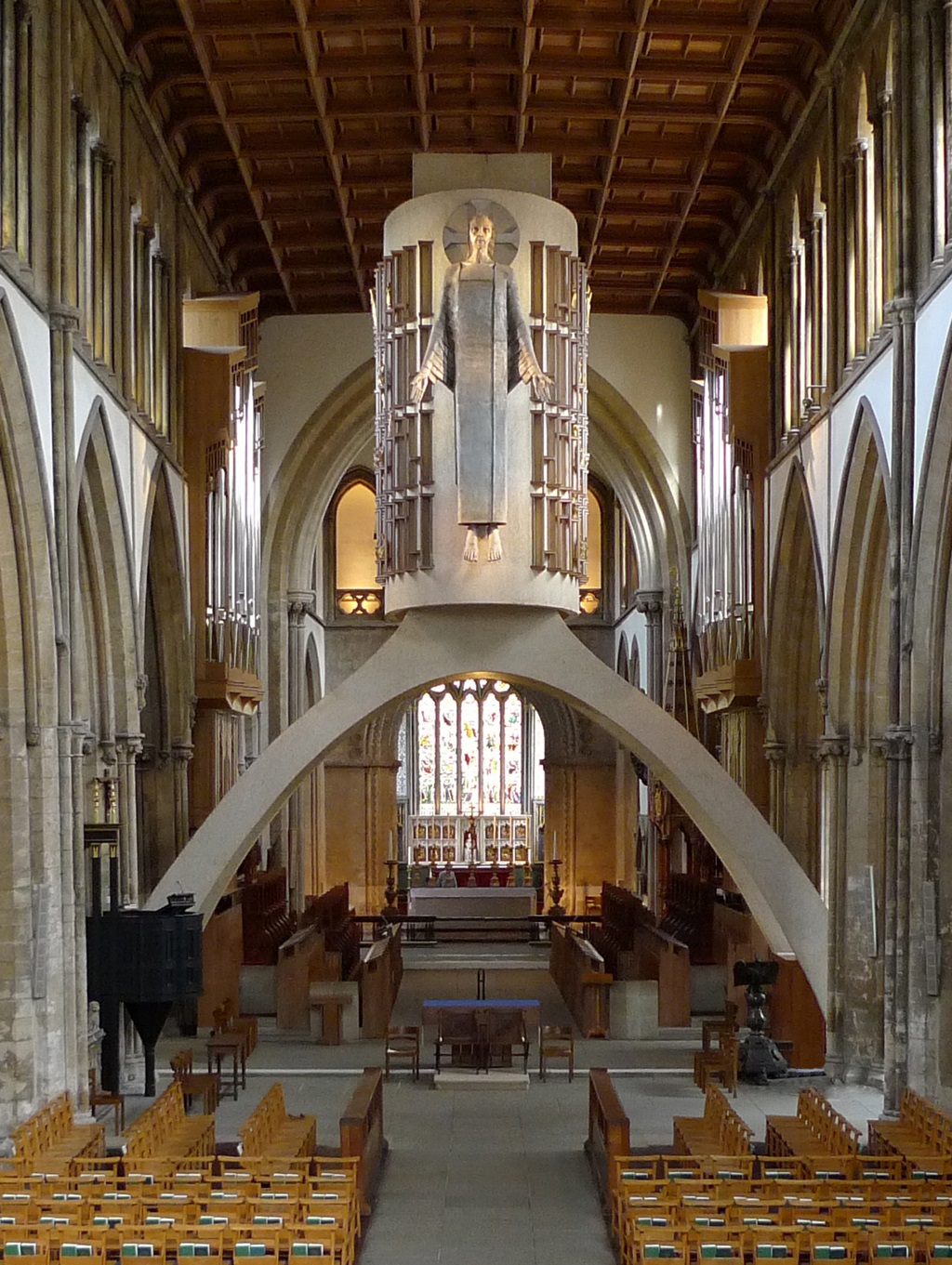
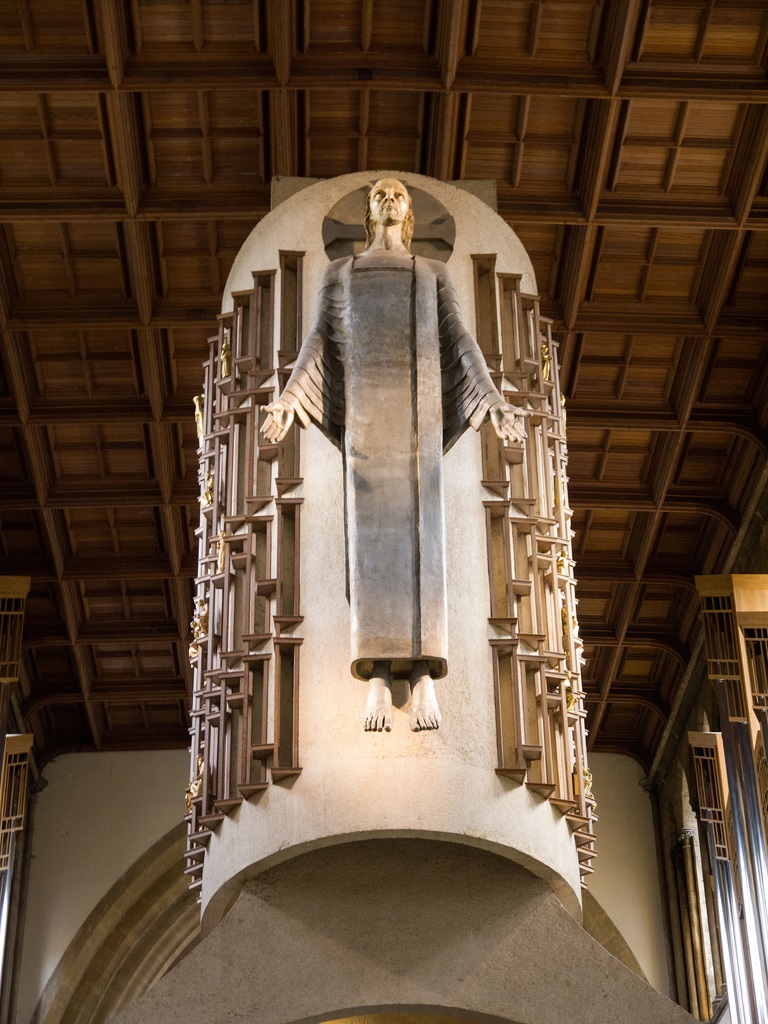
Historia medieval
Catedral Llandaff fue construido en el emplazamiento de una iglesia existente. Según la tradición, la comunidad fue fundada por San Dubricius en un vado en el río Taff y la primera iglesia fue fundada por el sucesor Dubricius ', San Teilo. Estos dos son considerados como santos patronos de la catedral, junto con sus Oudoceus sucesores. La iglesia original ya no existe, pero una cruz celta de pie testimonio de la presencia del culto cristiano en el lugar en los tiempos pre-Norman.
Los normandos ocuparon Glamorgan a principios de la conquista normanda, el nombramiento de Urban su primer obispo en 1107 - Se inició la construcción de la catedral en 1120 y tenía los restos de San Dyfrig transferidos de Bardsey, la obra no se terminó hasta 1290. La fachada occidental data de 1220 y contiene una estatua de San Teilo. Obispo Henry de Abergavenny dio la catedral sus estatutos. La capilla de la Virgen fue construida por William de Braose, obispo desde 1266 hasta 1287 - Los daños se hace a la iglesia en 1400 durante la rebelión de Owain Glyndwr, sus fuerzas destruyeron también el Palacio Episcopal en Llandaff. La mayor parte del otro daño fue reparado, sobre todo por el obispo Marshall, cuyo retablo mayor parte sobrevive. La torre noroeste, el que no tiene una aguja, se añadió por Jasper Tudor y ahora lleva su nombre. Asumió el señorío de Lanzarote después de la ascensión al trono de su sobrino, el rey Enrique VII de Inglaterra.
Tumbas medievales tardíos incluyen la de Sir David Mathew de Llandaff. Sir David ap Mathew fue 'Grand Portaestandarte de Inglaterra ", otorgado por el rey Eduardo IV, por salvar su vida en la batalla de Towton, 29 de marzo 1461.
Durante la Guerra Civil Inglés, la catedral fue invadida por las tropas parlamentarias. La torre suroeste sufrió daños importantes en la gran tormenta de 1703 y 1720, se encontraba en un estado de colapso. En 1734, comenzó a trabajar en una nueva catedral, diseñado por John Wood, el viejo, y el apodo de "Temple italiana". Fue utilizado por cientos de años, pero nunca terminó y sólo unas pocas piedras permanecen.
Historia victoriana y moderna
Durante el siglo 19, cuando el obispo de Llandaff comenzó, por primera vez desde hace siglos, a residir en Llandaff, la catedral fue ampliamente restaurada, la torre reconstruida y una aguja agregó. Gran parte de los trabajos de restauración fue completado por el arquitecto local John Prichard entre 1843 y 1869. Un tríptico de Dante Gabriel Rossetti fue diseñado para su uso como un retablo, y las nuevas vidrieras fueron diseñadas por Sir Edward Burne-Jones y Ford Madox Brown. La oficina de Dean fue separada de la del arcediano de Llandaff en noviembre de 1843. La escuela de la catedral, que existió desde el momento de la isabelina Obispo Blethyn hasta alrededor de 1700 se restableció por Dean Vaughan en 1880.
En la noche del 02 de enero 1941 durante la Segunda Guerra Mundial, la catedral sufrió graves daños cuando una mina paracaídas cayó cerca de él durante el Blitz Cardiff, soplando el techo de la nave, al sur pasillo y la sala capitular. La parte superior de la torre también tuvo que ser reconstruido y también hubo daños en los órganos. De las catedrales británicas, sólo la catedral de Coventry fue dañada más, durante el Blitz Coventry infame.
Principales restauraciones y reconfiguraciones se llevaron a cabo bajo el arquitecto George Pace de York, y el edificio estaba de vuelta en uso en junio de 1958 - La Reina asistió a un servicio de celebración de la finalización de la restauración, el 6 de agosto de 1960. El Regimiento Welch memorial capilla fue construida, y Sir Jacob Epstein creó la figura de Cristo en majestad, que está suspendido por encima de la nave en un arco de hormigón diseñada por George Pace.
En febrero de 2007, la catedral sufrió una severa caída de rayos. Daño especial se hizo que el sistema eléctrico del órgano, que ya estaba en malas condiciones. Esto llevó a la puesta en marcha, el 13 de julio de 2007, de un recurso para elevar 1,5 millones para la construcción de un nuevo órgano.
http://centrodeartigos.com/revista-digital-webidea/articulo-revista-20665.html
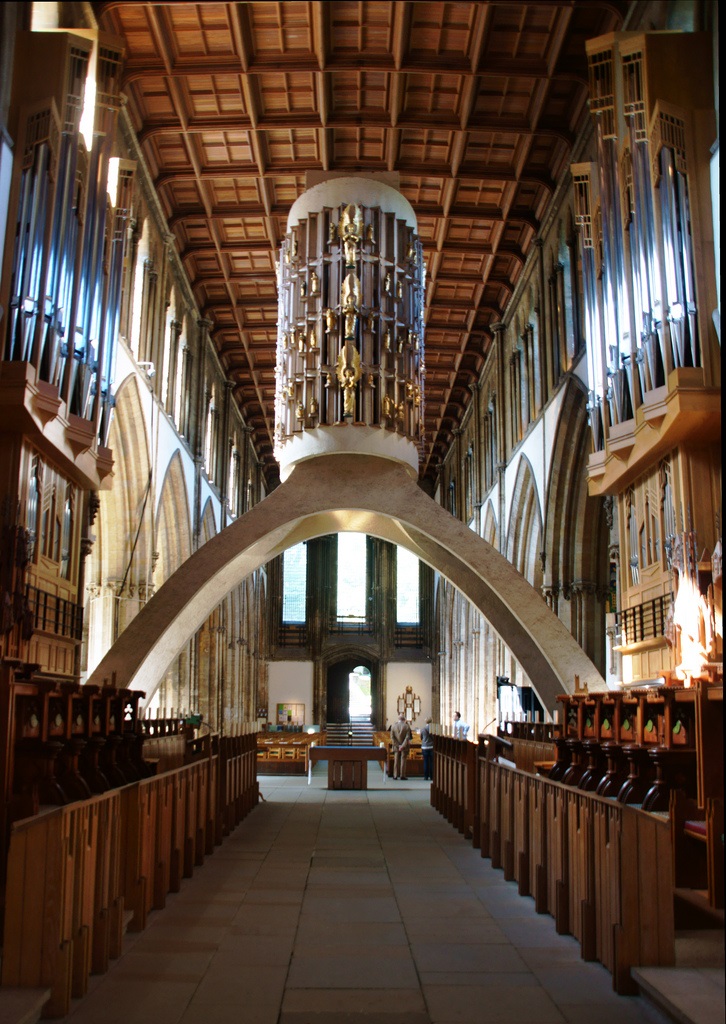
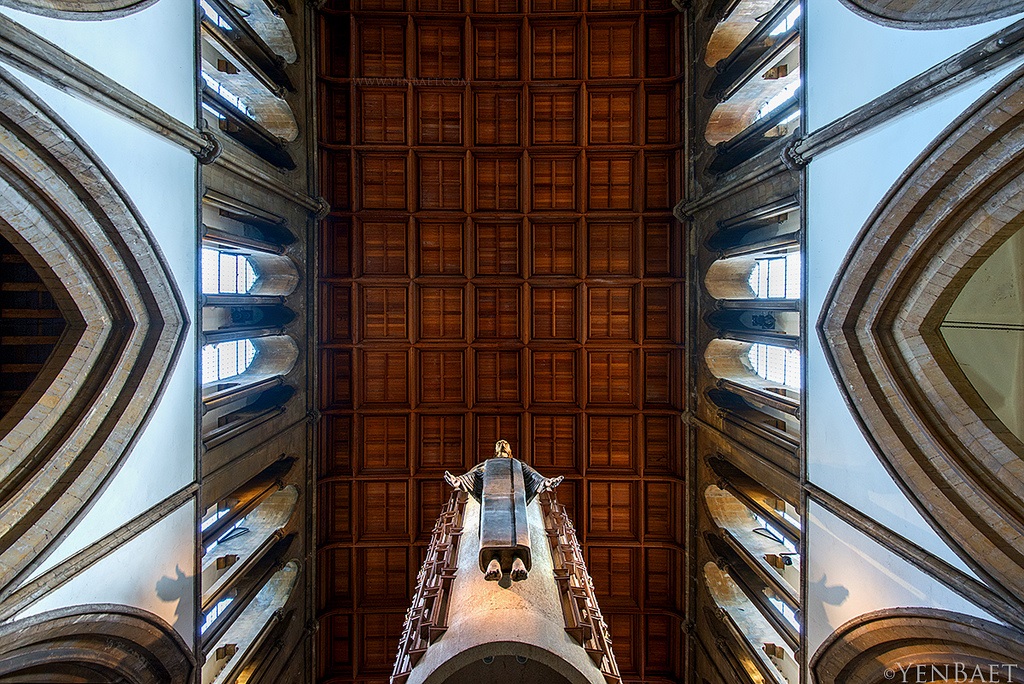
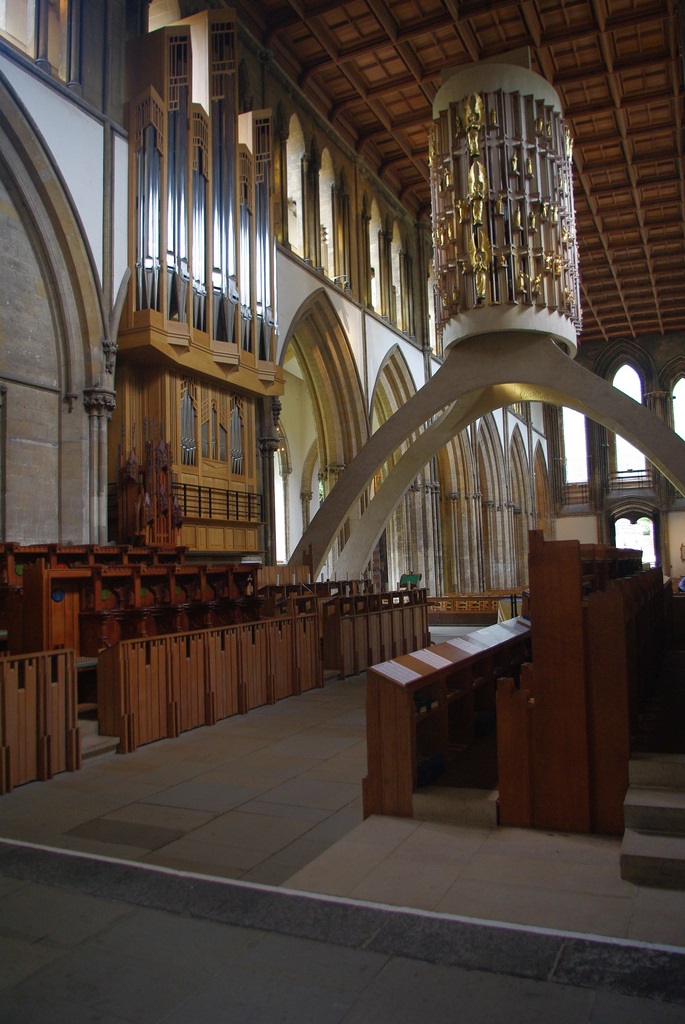
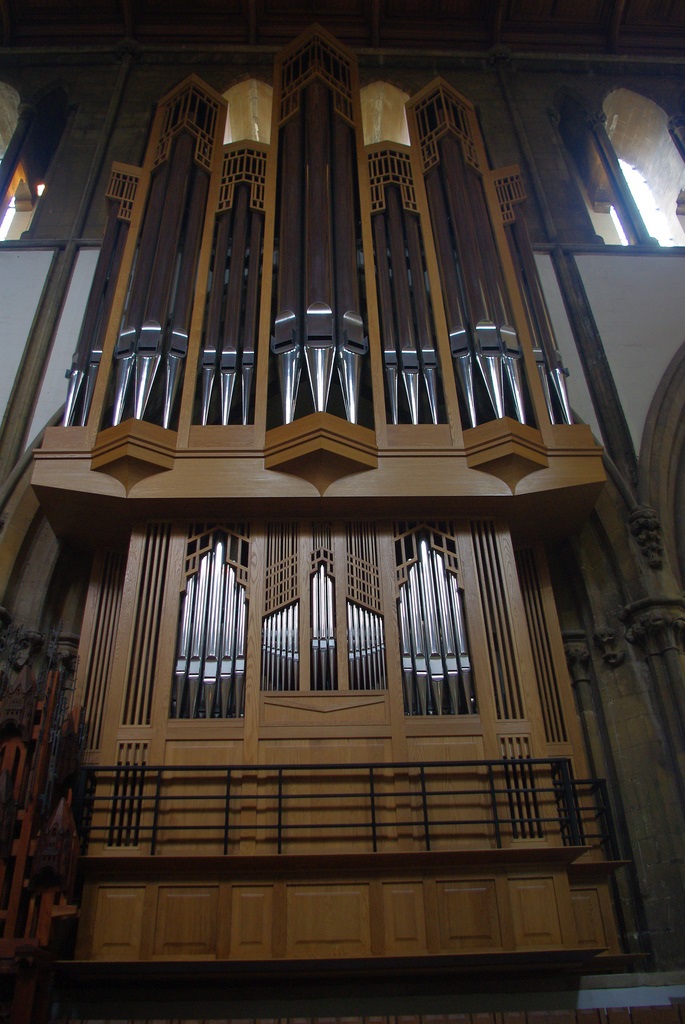
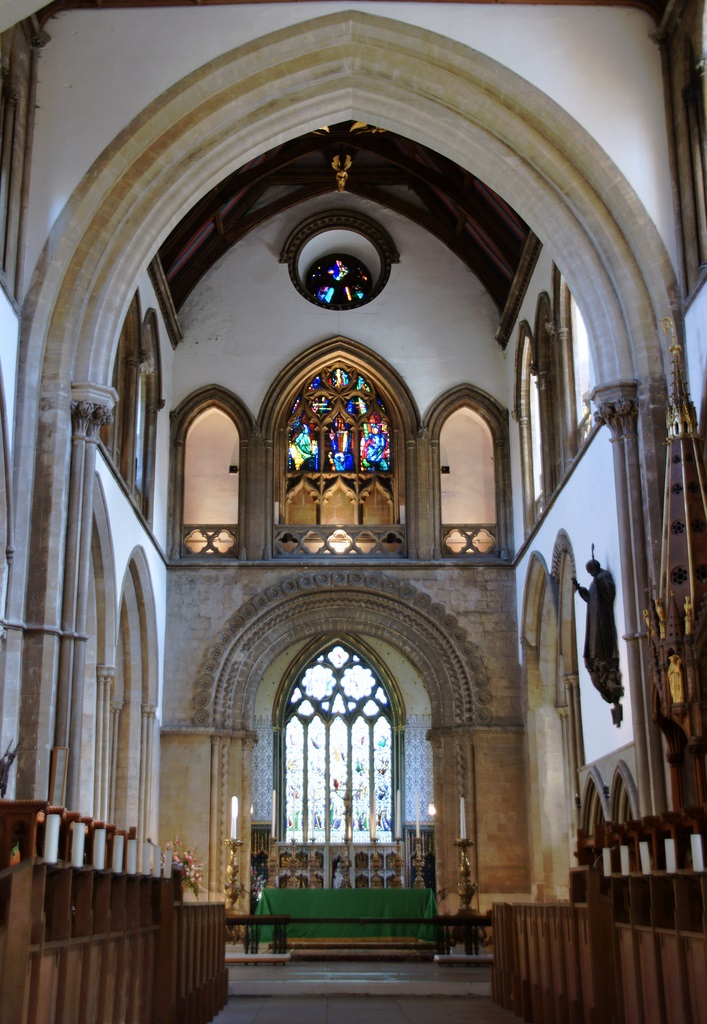
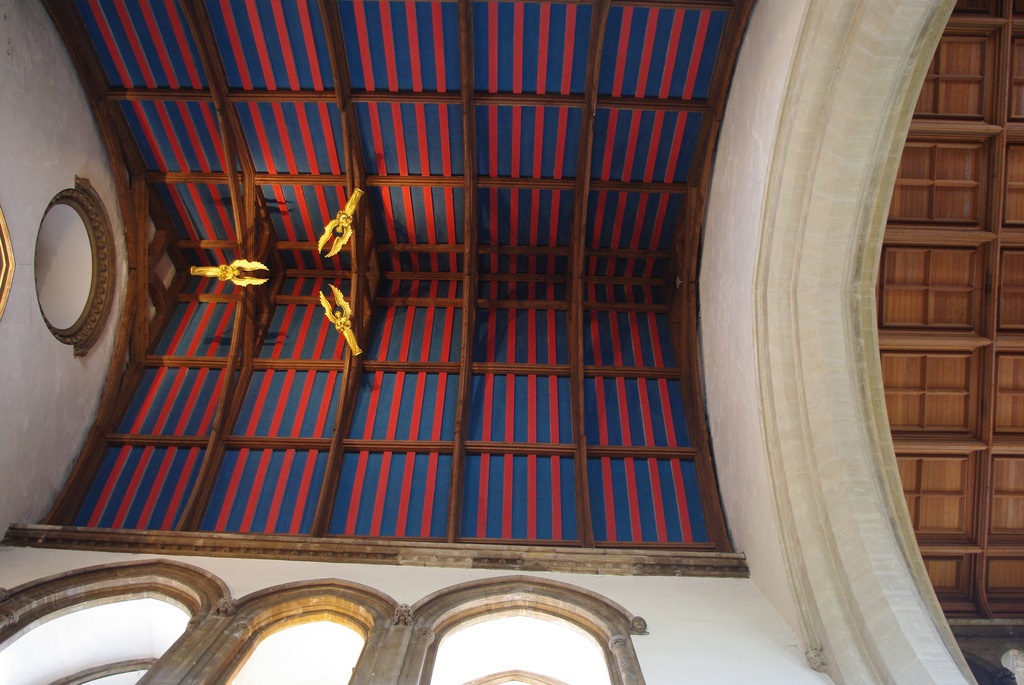
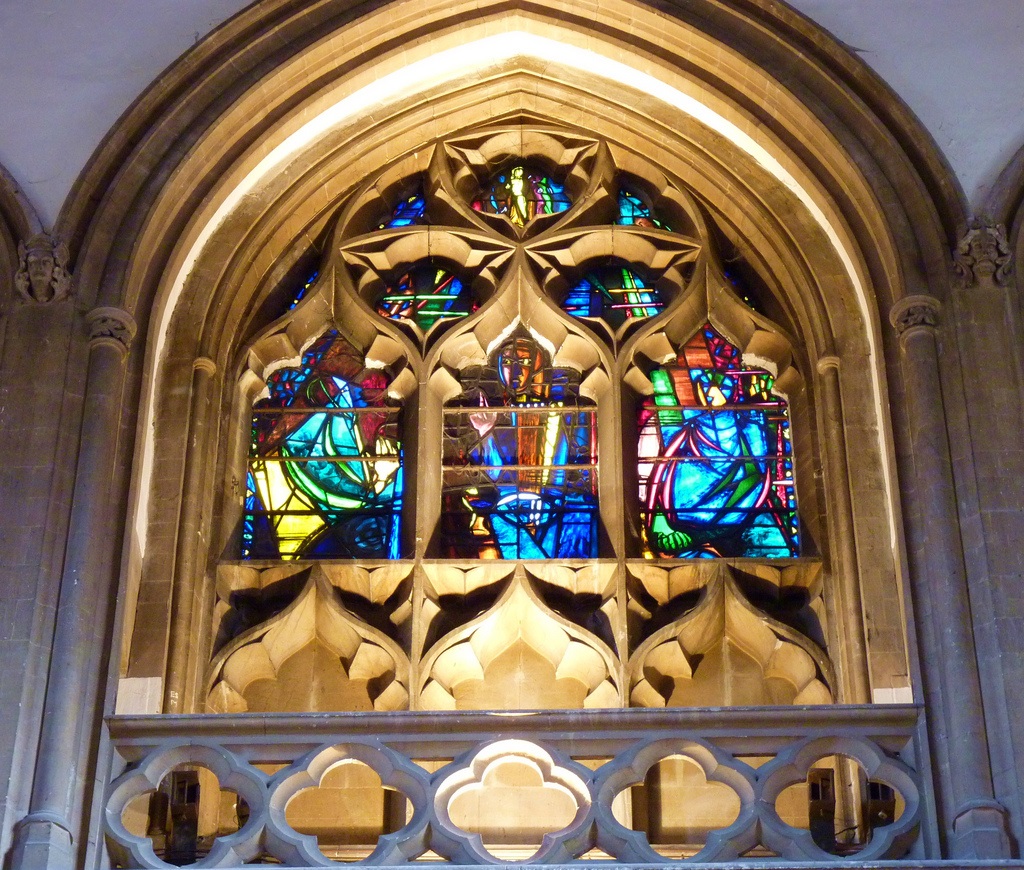
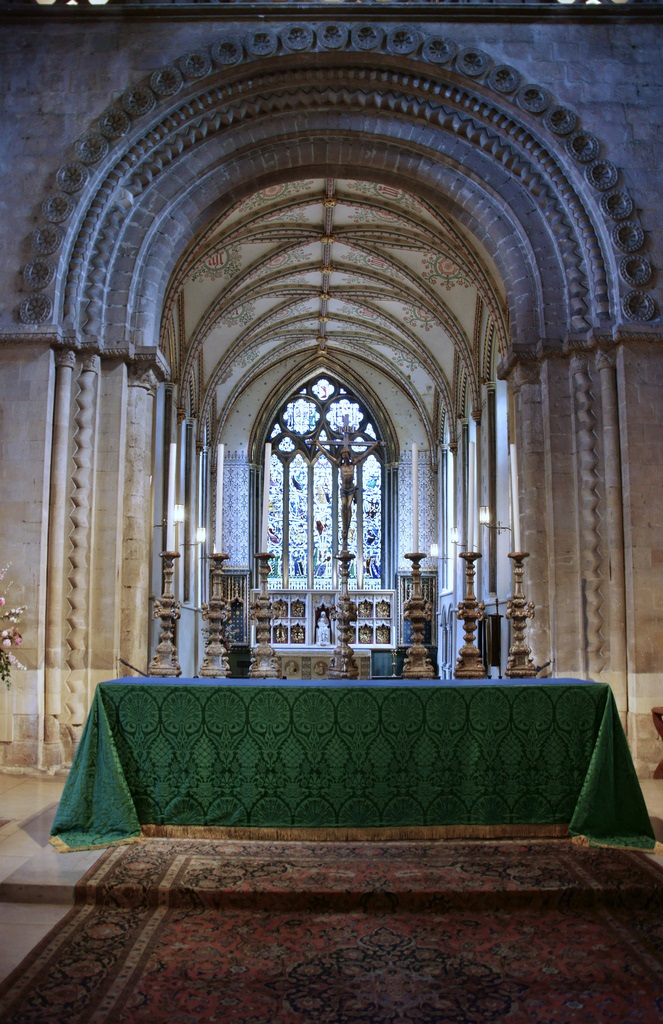
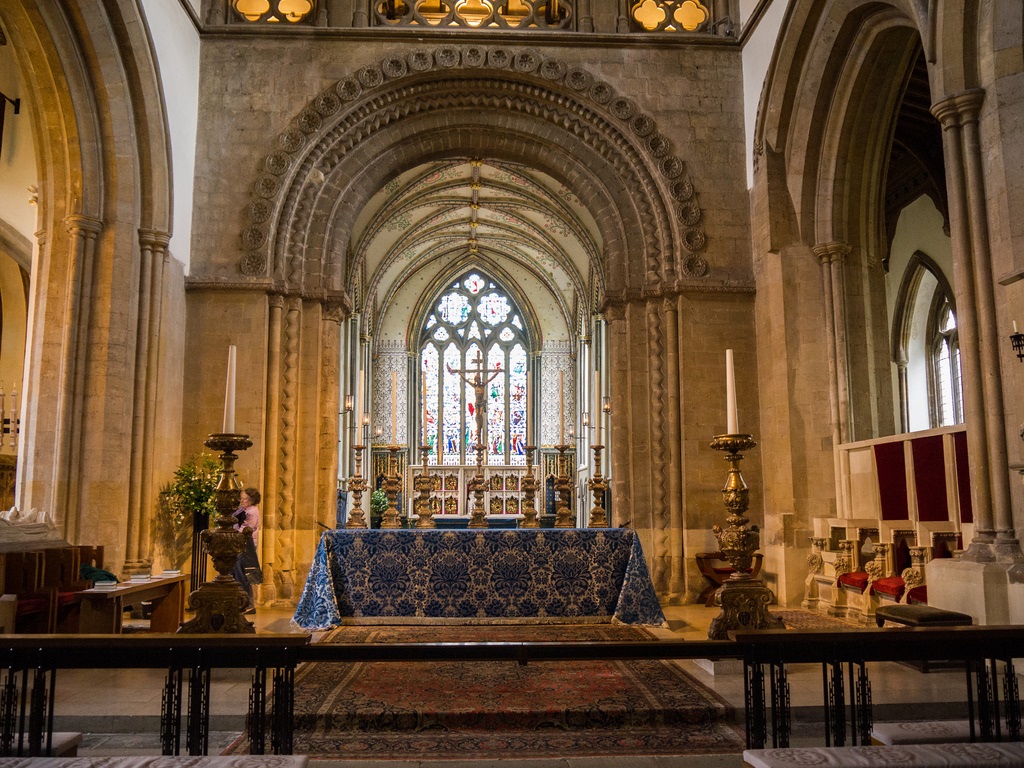
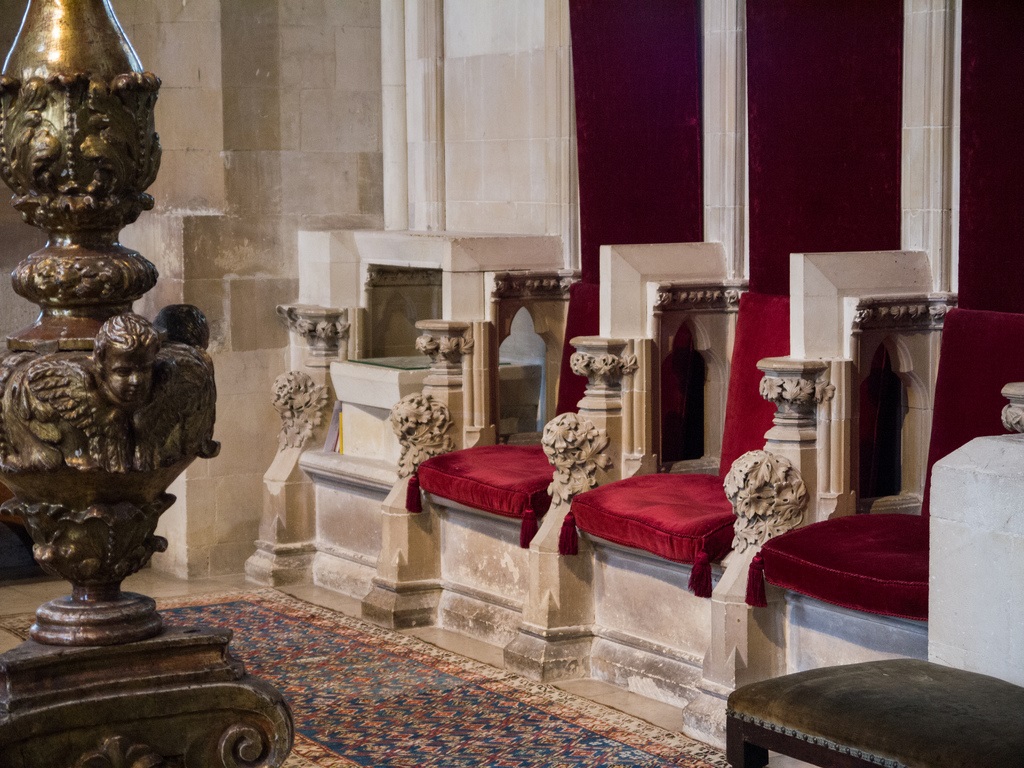
Llandaff Cathedral stands on one of the oldest Christian sites in Britain. In the sixth century St Dyfrig founded a community close to the ford where the Roman road crossed the river Taff. He was succeeded by St Teilo and then Teilo's nephew, St Euddogwy. These three Celtic Saints remain patron saints of the present Cathedral and are represented by the three mitres in the Cathedral badge. Nothing remains of the original church but a Celtic Cross that stood nearby can still be seen near the door of the Chapter House.
The present cathedral dates from 1107 when Bishop Urban, the first Bishop appointed by the Normans, instigated the building of a much larger church. The arch behind the High Altar was built at that time and the doorway that now leads to the St David (or Welsh Regiment) Chapel may have been the West door of Urban's church until it was moved to its new site when the Cathedral was extended and widened and a new West front built about 1220. This West front is judged by many to be one of the two or three most notable mediaeval works of art in Wales.
Later in the 13th century the Chapter House was built and also before the century ended the Lady Chapel which has largely escaped the damage and decay that the cathedral sustained over the following 700 years. In the 14th century came the replacement of the Norman windows by new ones in the Decorated style; then, before the end of the 15th Century came the building, by Jasper Tudor, of the North West tower as a new home for the Bells which had previously been housed in a detached Bell Tower, now ruined. This Bell Tower had been built two hundred years earlier at the top of a small hill which in pre-Norman times provided the original church and community that lived around it with security from the unwelcome attention of marauders sailing up the Bristol Channel little more than a mile away.
Until the time of King Henry VIII, Jasper Tudor's kinsman, pilgrims thronged to the shrine of St Teilo whose tomb still stands in the sanctuary, and their gifts supported the church. When pilgrims were forbidden and other revenues taken away it was no longer possible to maintain the building adequately and over the next 200 years it fell into a state of near-ruin.
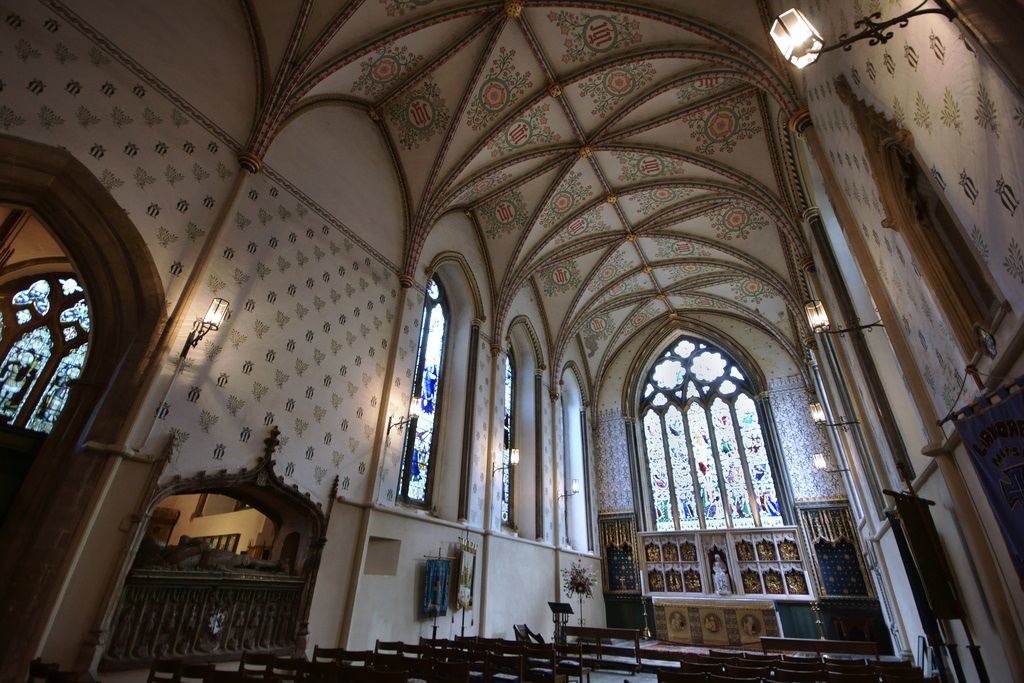
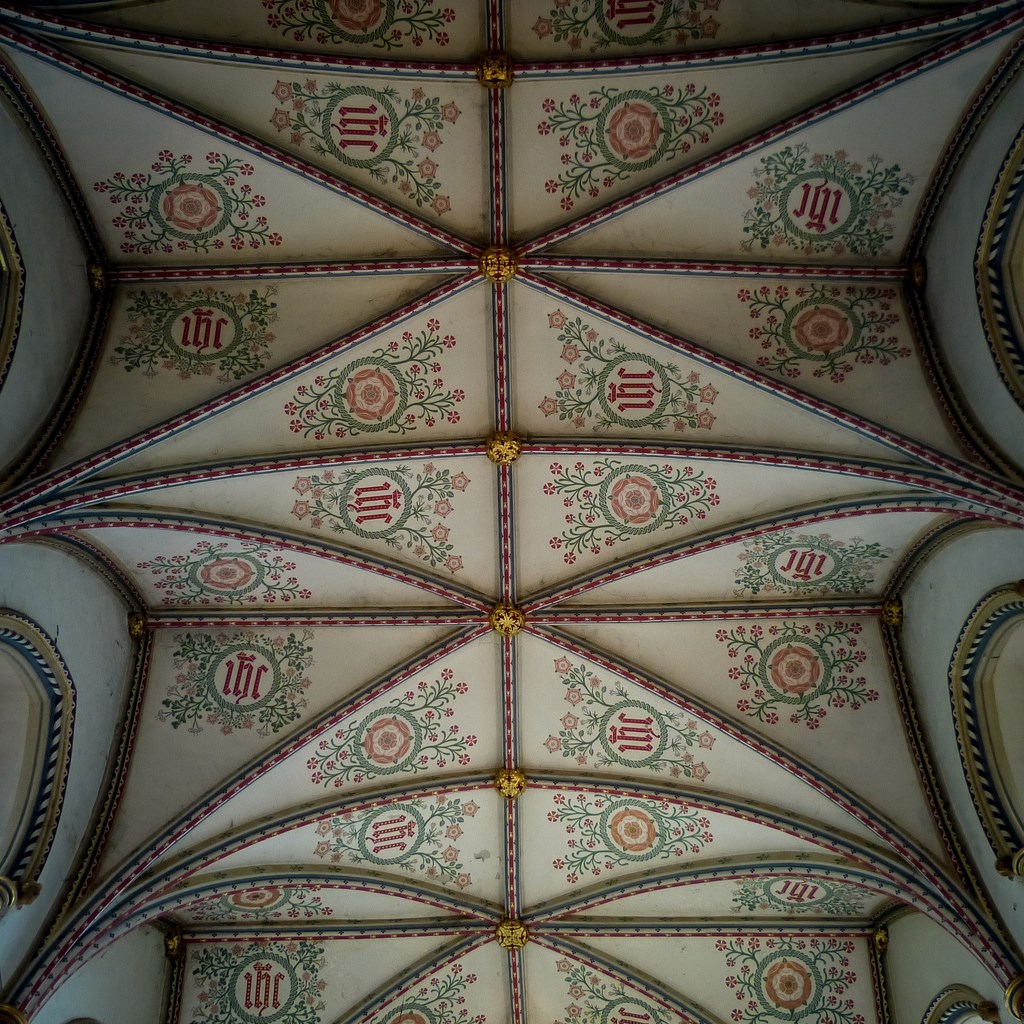
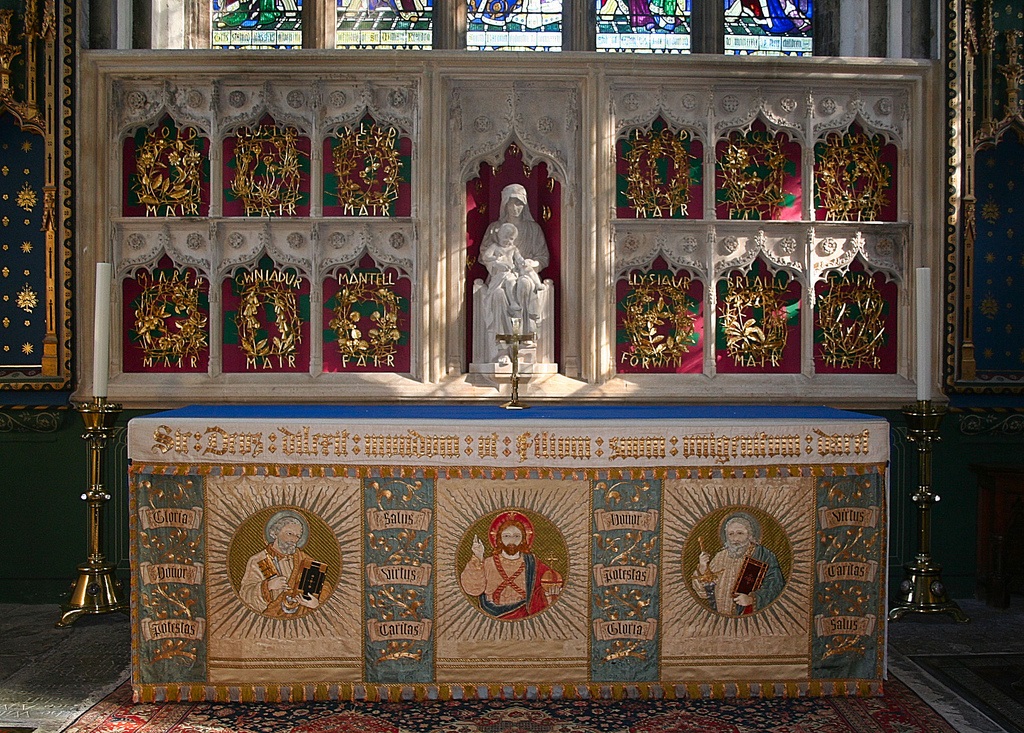
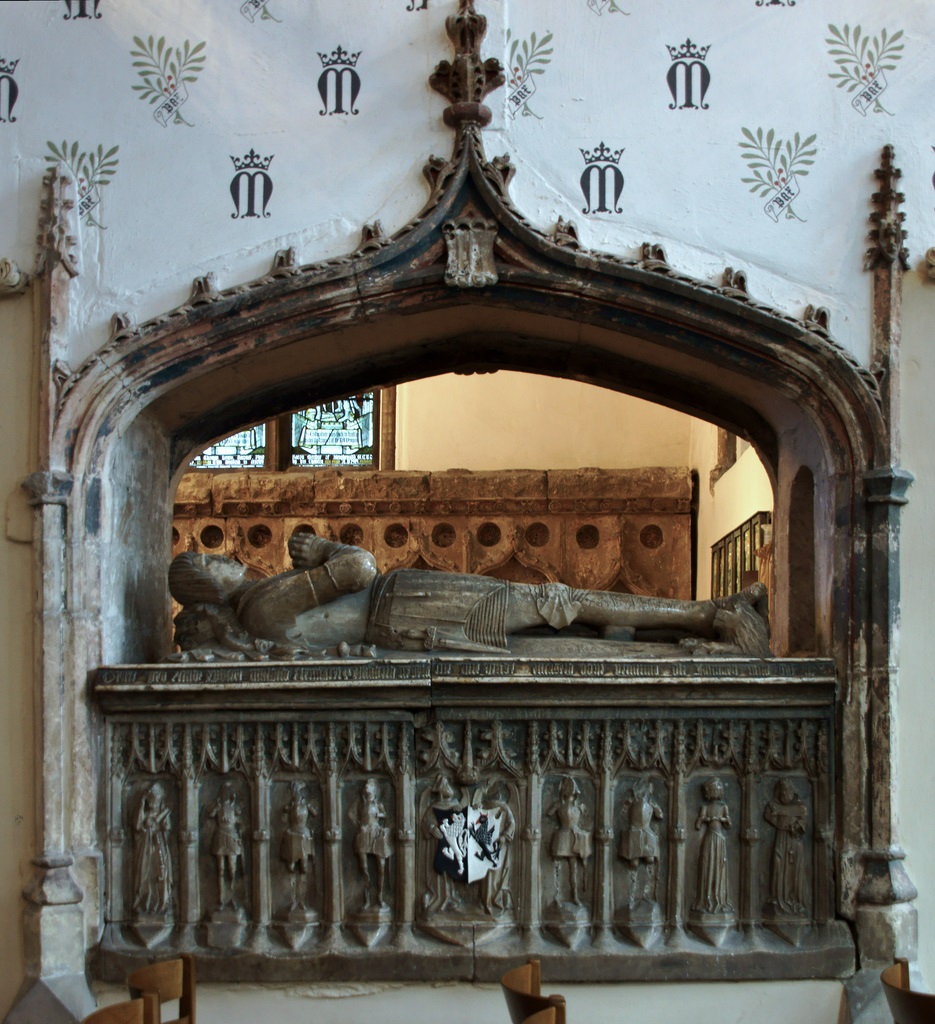
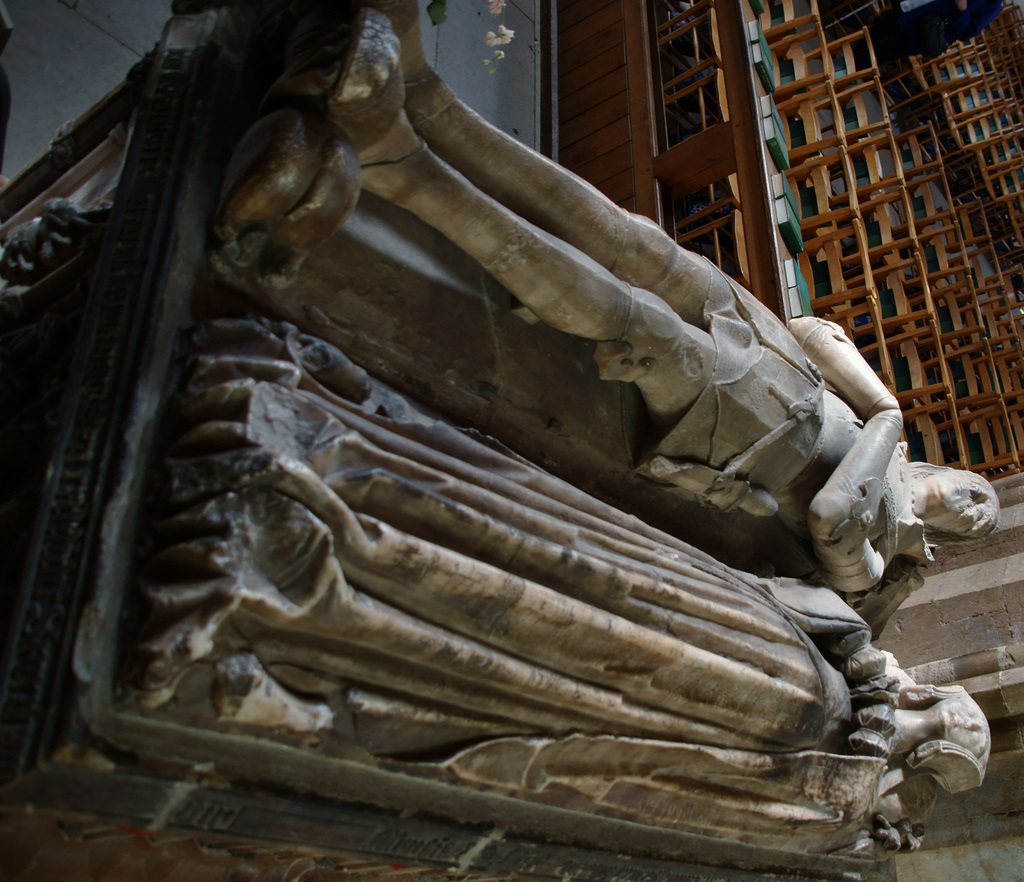
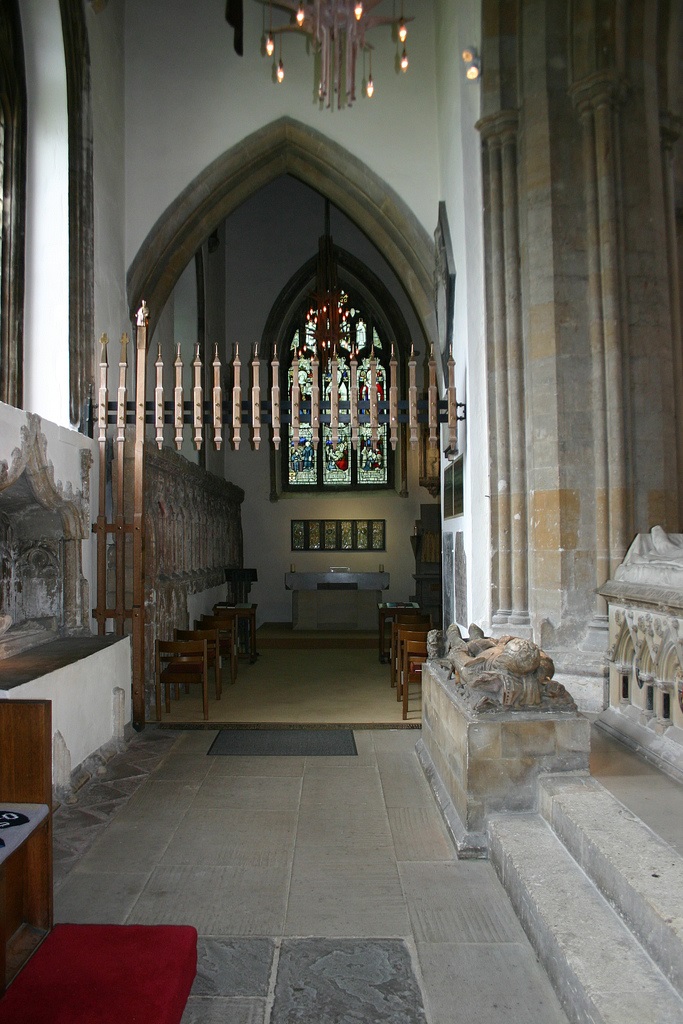
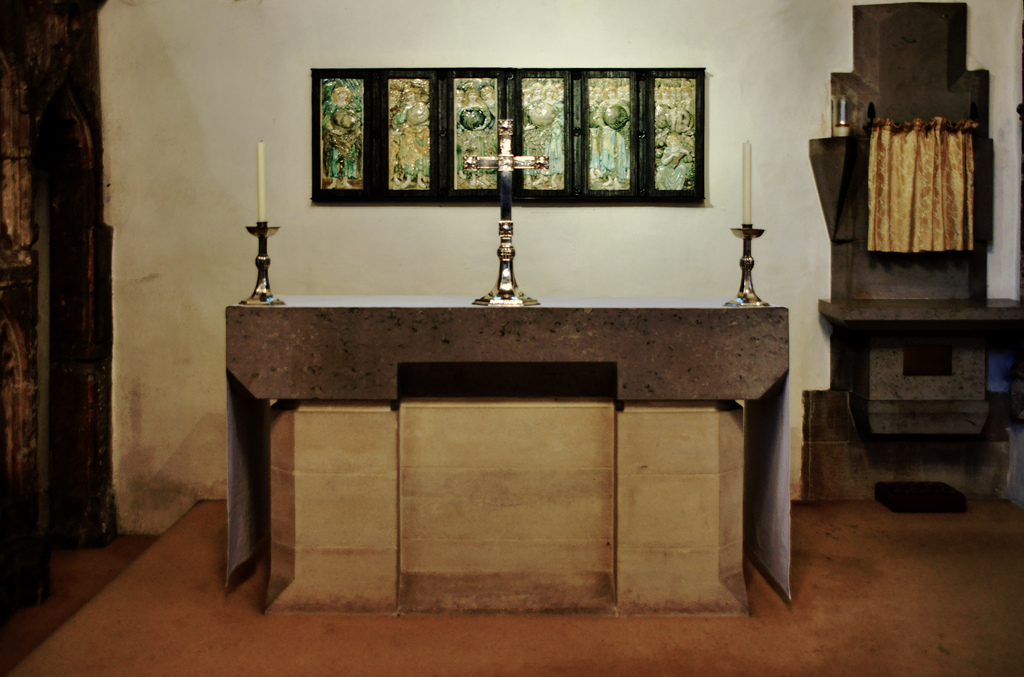
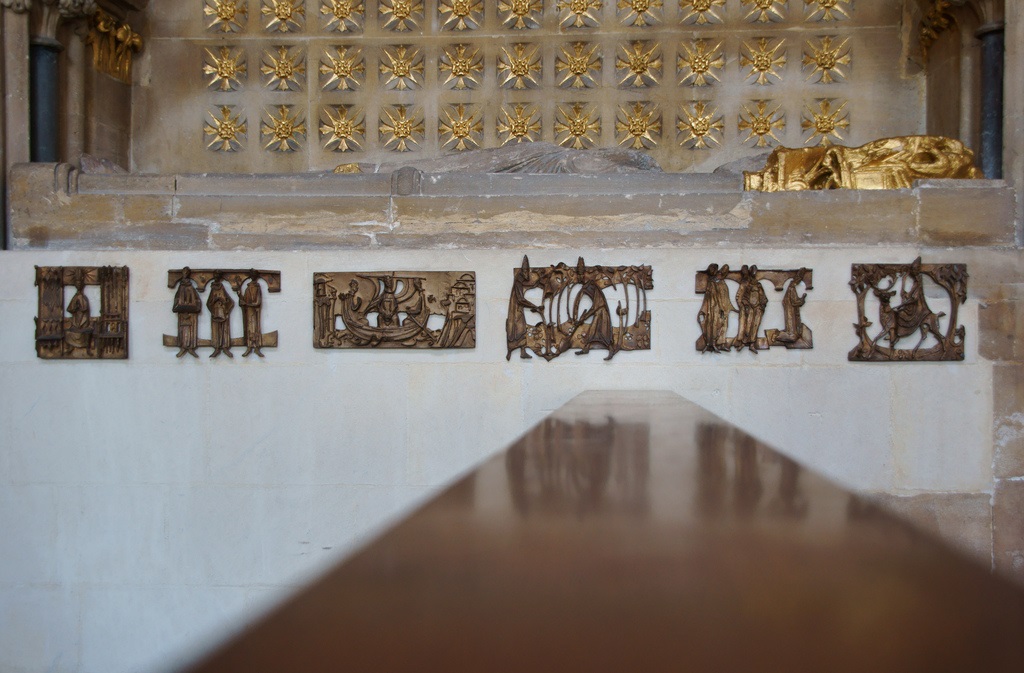
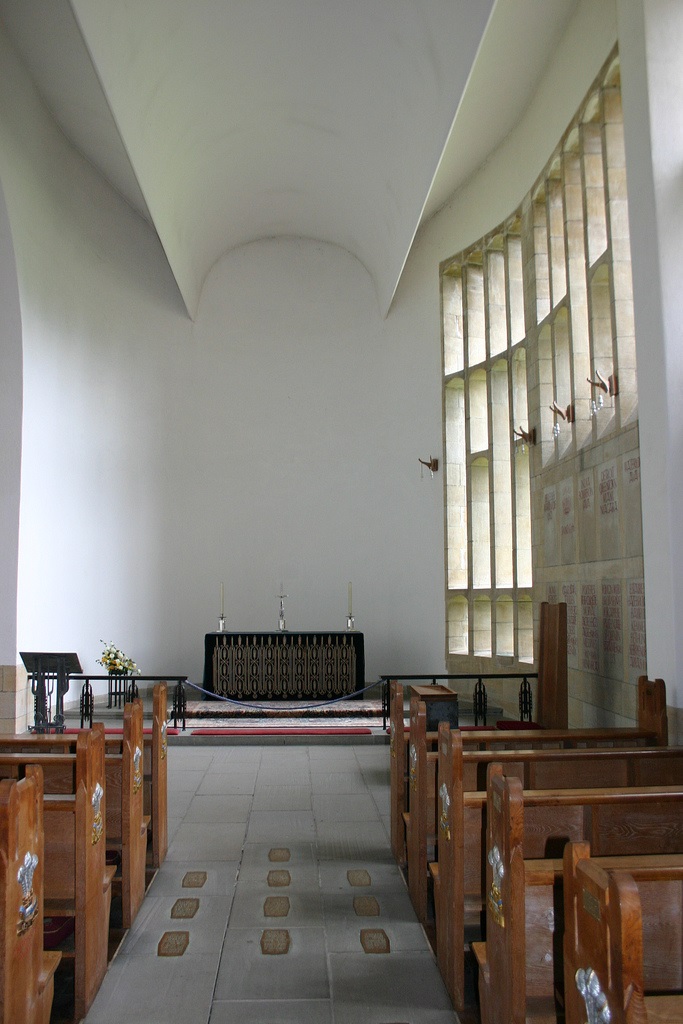
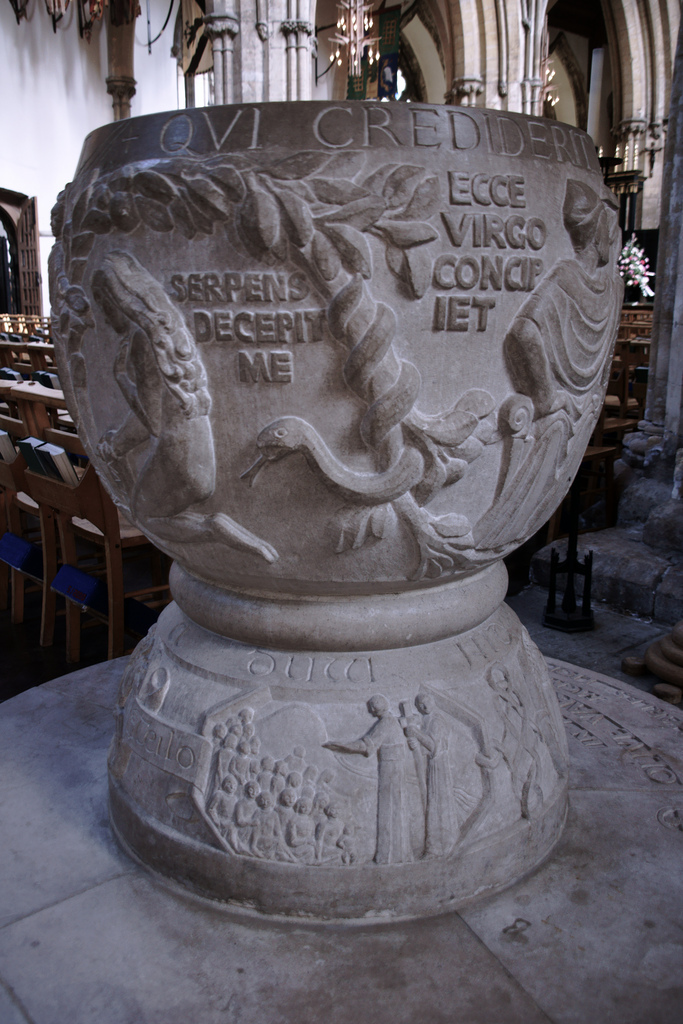
In 1734 restoration began in the popular style of the day but the "Italian Temple" which John Wood, the Bath architect, planned to construct in the fabric of the mediaeval cathedral was never quite completed and the original walls and pillars - or such of them as were still standing - still remained. A hundred years later, new life and growing prosperity in the Diocese made possible a fresh restoration undertaken by J F Seddon and John Pritchard. To them we owe much of the present structure including the South West tower and spire, completed in 1869, which replaced the early-12th century tower which collapsed in 1722.
A great deal of the 19th century work inside the Cathedral perished when the building was heavily damaged and the roof destroyed in the 1939-45 War. Its restoration was entrusted to George Pace who aimed at blending new work with what remained of the old and at giving the Cathedral a sense of spaciousness which it previously lacked. The High Altar was lowered and the triptych of the Seed of David by D G Rossetti which stood behind it was moved to a new position in the St Illtyd Chapel at the foot of the North West tower. Pace built the Welch Regiment Memorial Chapel but his greatest achievement is the reinforced concrete arch surmounted by Sir Jacob Epstein's aluminium statue of Christ in Majesty which stands between the Nave and the Choir and "breaks", without interrupting, the view of the whole building from the top of the steps inside the West door to Geoffrey Webb's Jesse window at the East end of the Lady Chapel.
The cathedral church is one of the principal instruments used by the Church, gathered round its bishop, in its work of praising the Holy Name of God and enlarging His kingdom. For this task it needs to be constantly conserved, adorned and provided with the facilities it requires, and this is taking place in the early years of the 21st century, no less than in the past, as the House of Teilo, as Llandaff Cathedral has been called after the bishop who built the first church on the banks of the River Taff behind its protective hill, continues its work in the next millennium.
http://www.llandaffcathedral.org.uk/history.htm
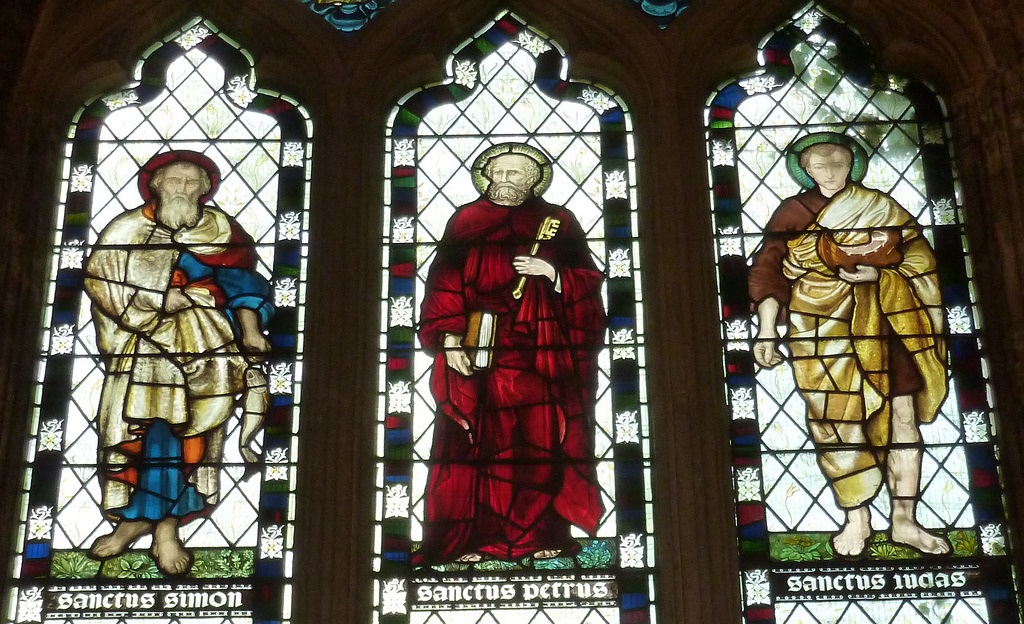

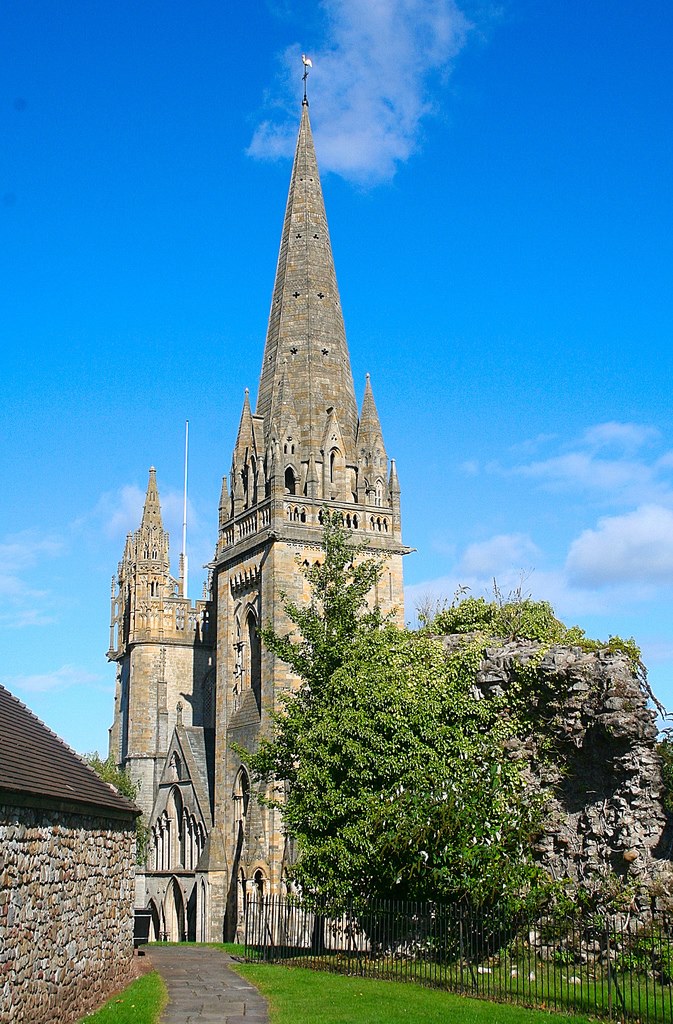
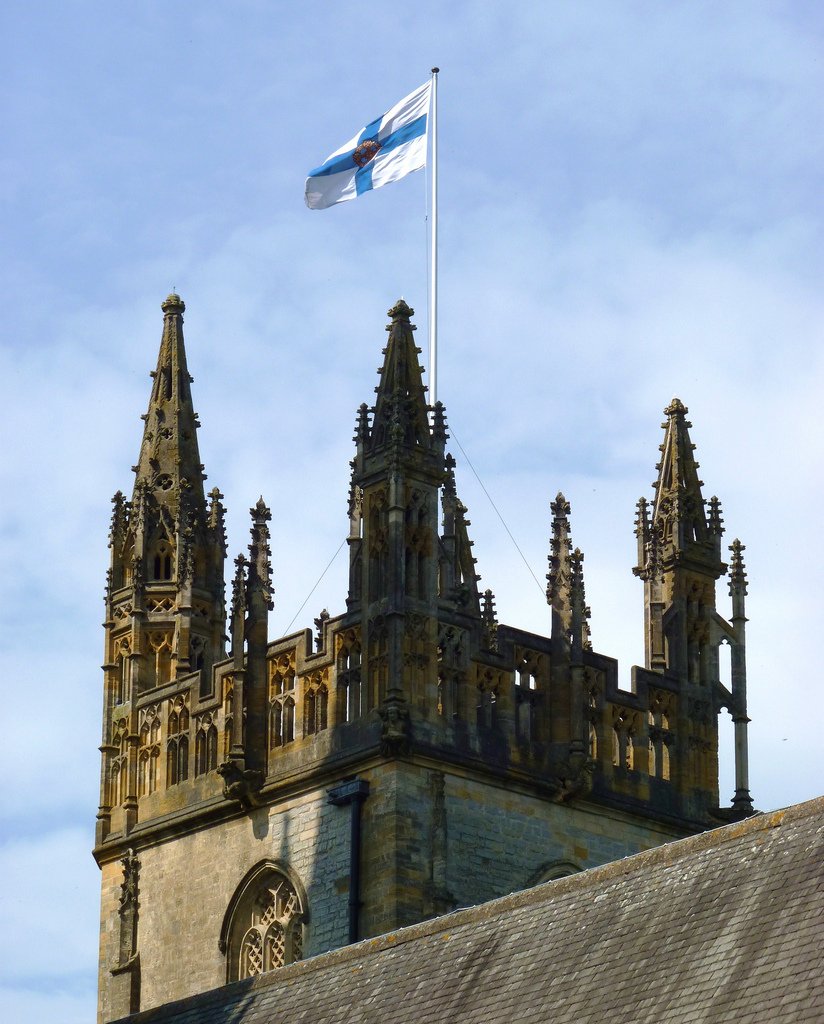
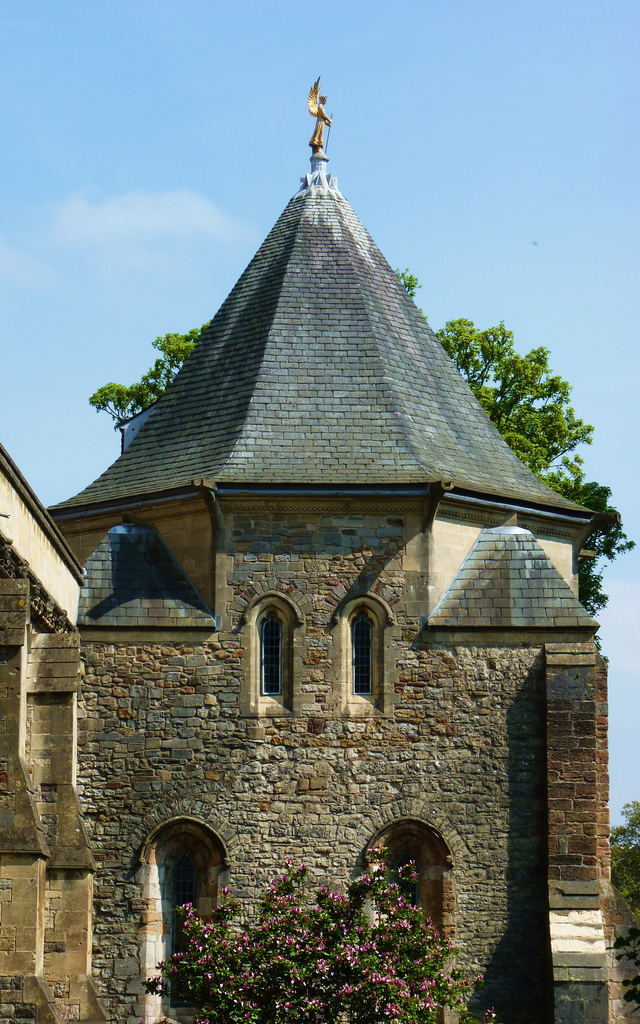
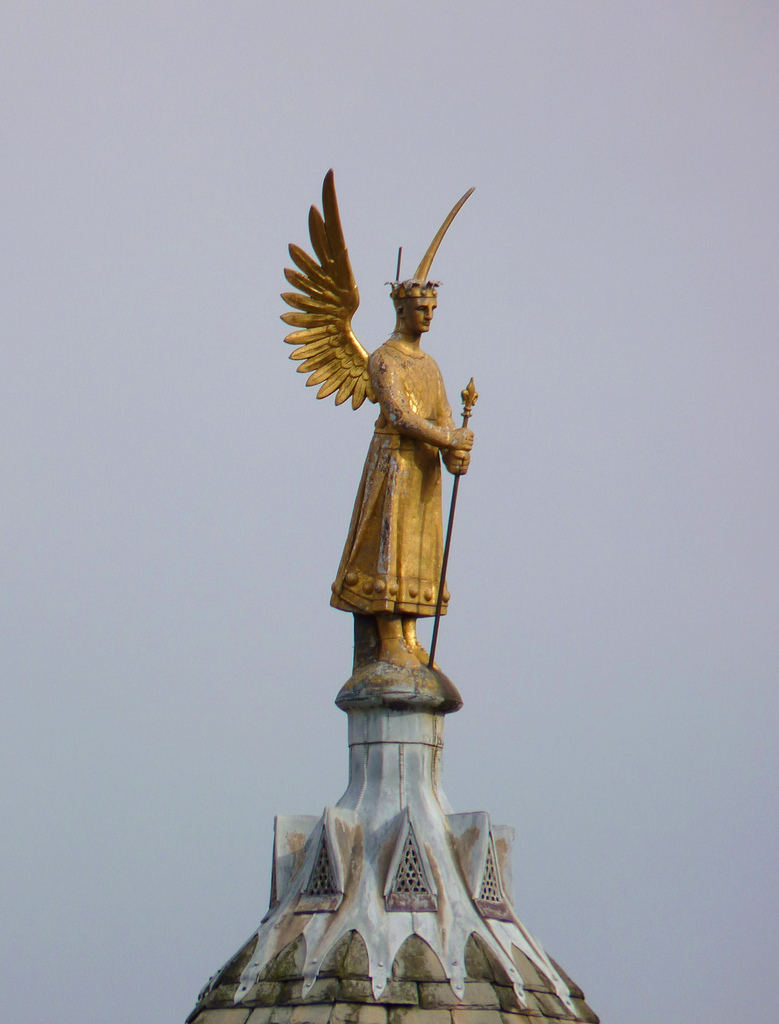
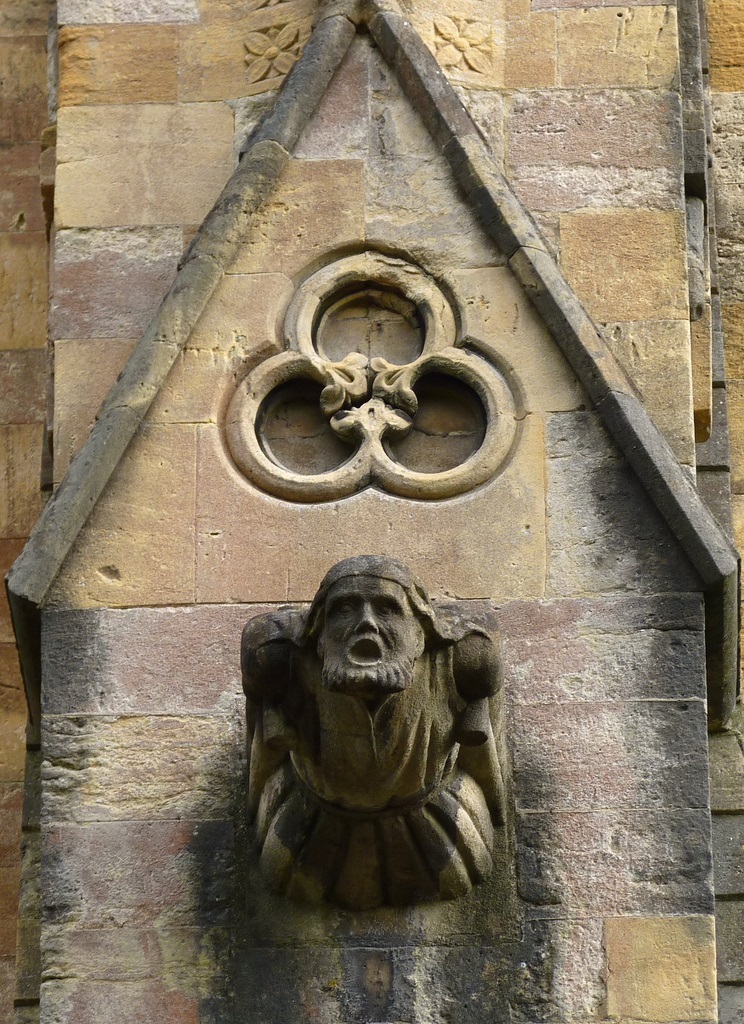
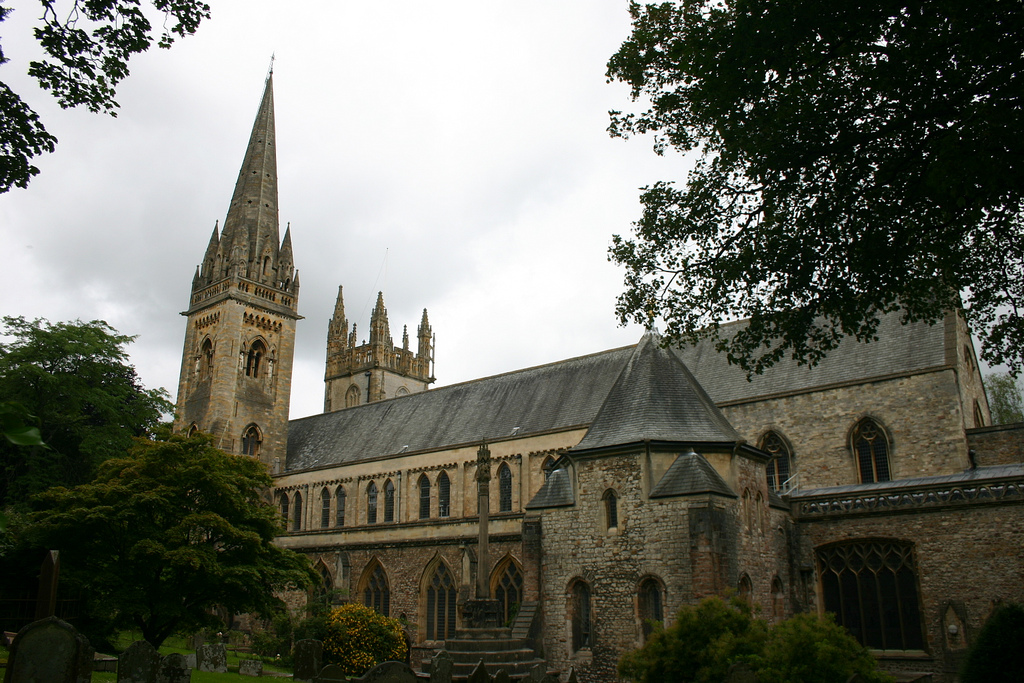
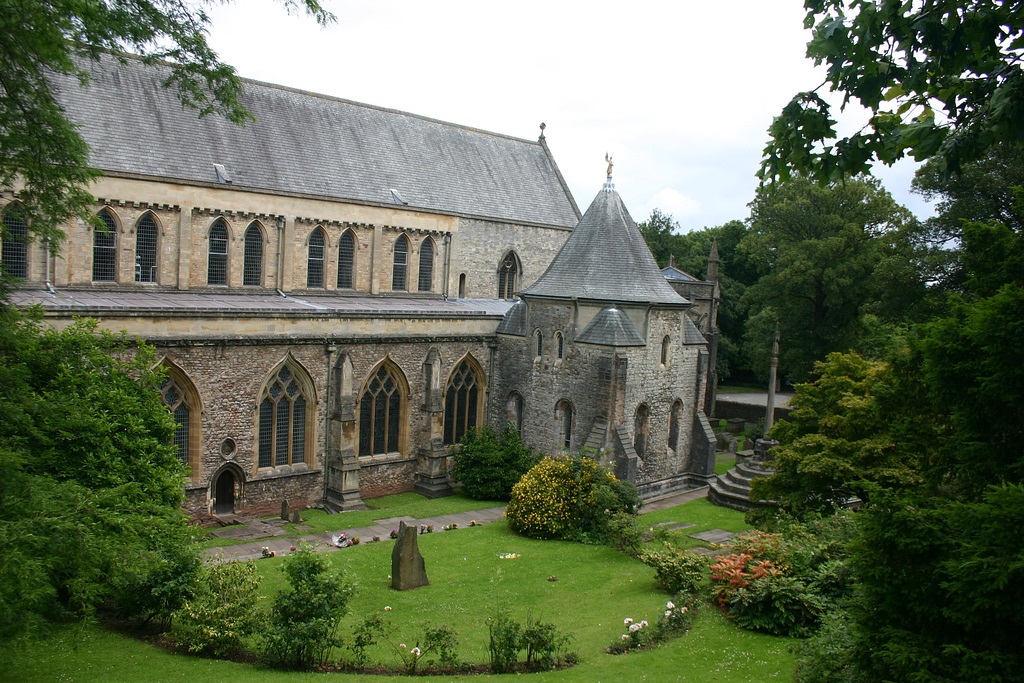
La catedral de Llandaff es la más prestigiosa de todas las diócesis galesas. De estilo gótico, data en su mayor parte del siglo XIII, si bien se aprecian huellas de su pasado normando, y también hay añadidos posteriores, como el Cristo de Jacob Epstein, escultura suspendida sobre la nave central.
http://es.wikipedia.org/wiki/Llandaff
http://en.wikipedia.org/wiki/Llandaff_Cathedral
http://www.nicholsonorgans.co.uk/portfolio/llandaff-cathedral-cardiff/
https://www.flickr.com/photos/johnhawes/tags/llandaffcathedral/
https://www.flickr.com/photos/46760368@N02/tags/seenatllandaffcathedral/
http://www.nicholsonorgans.co.uk/portfolio/llandaff-cathedral-cardiff/
https://www.flickr.com/photos/are_me/tags/llandaffcathedral/
https://www.flickr.com/photos/10544677@N04/tags/llandaffcathedral/
https://www.flickr.com/search/?w=31915621@N04&q=Llandaff Cathedral
https://www.flickr.com/photos/48028479@N00/tags/llandaffcathedral/
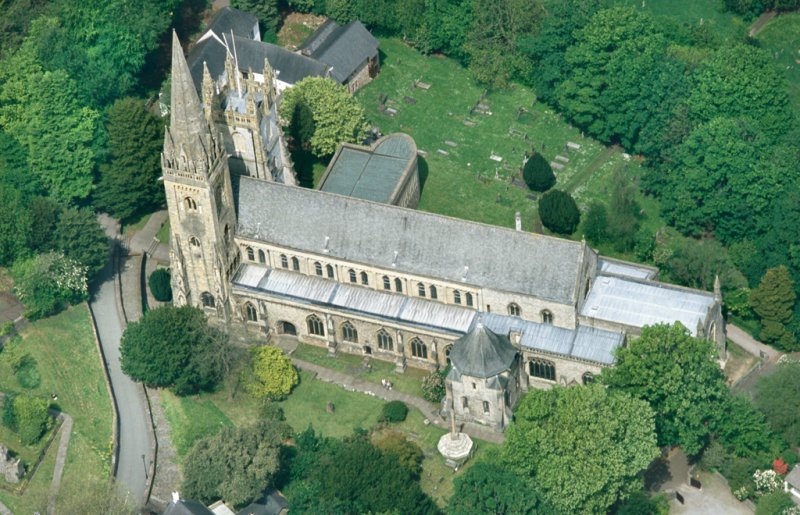
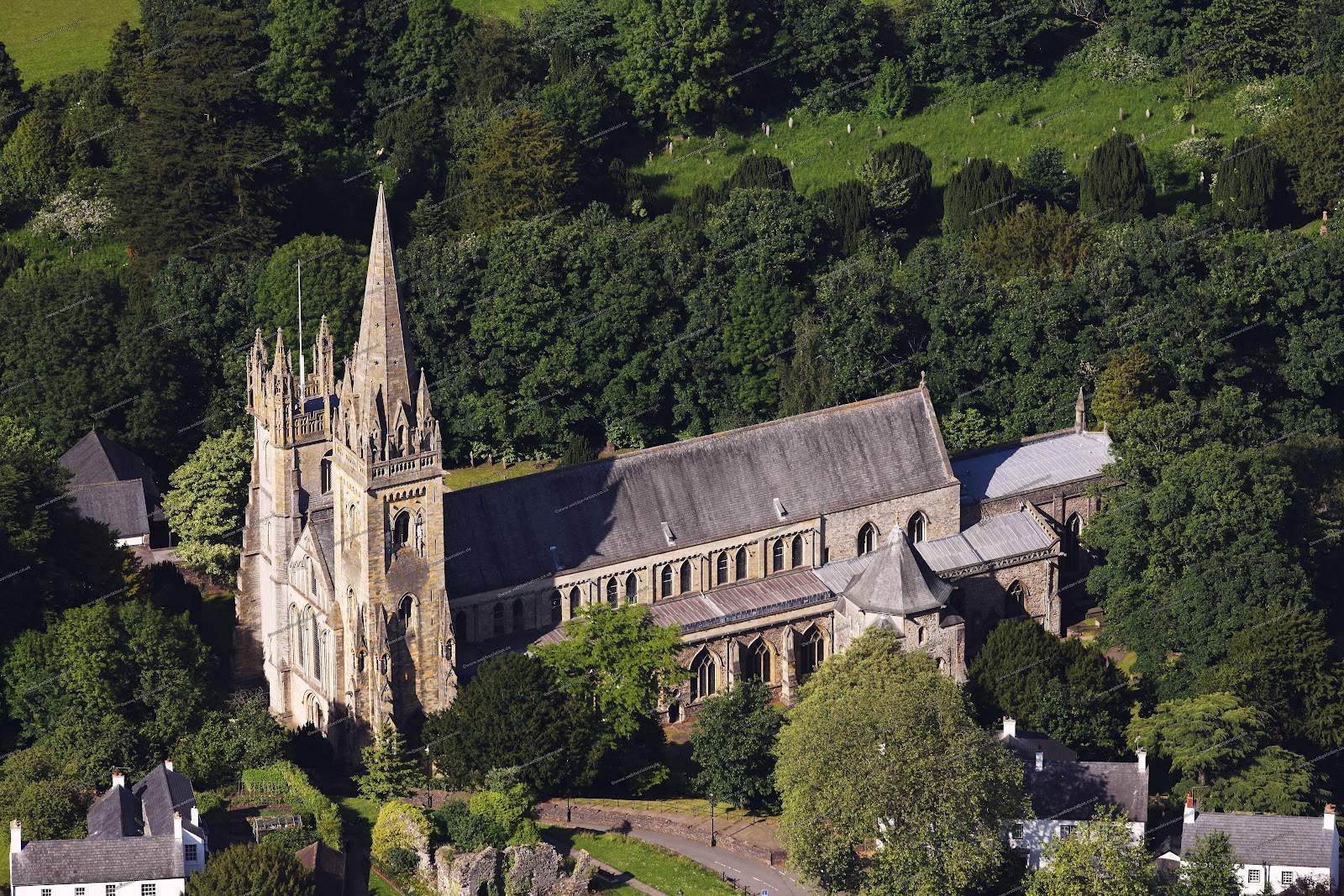
Vídeo:
Web recomendada: http://www.llandaffcathedral.org.uk/
Contador: 6942
Inserción: 2014-04-15 17:24:02
Lugares a visitar en un radio de 100 km (en línea recta)
Mapa de los lugares a 100 km (en línea recta)
Mostrando Registros desde el 1 hasta el 0 de un total de 0
Visitas |
Más visitados Basílica de San Marcos 154487 Catedral de Notre Dame (París) 143815 Torre de Pisa 131226 Monte Saint-Michel 100358 Presa de las Tres Gargantas 80845 |
Incorporaciones |
Comentarios hazola Cúpula de la Roca gracias me... gera Buenos Aires las mejores fotos de la mejor ciudad del... Daniel M. - BRASIL San Francisco ... PEQUE Presa Chicoasén SERA QUE ALGUIEN ME PUEDE DAR MAS INFORMACIÓN DE ESTE PROYECTO ESTUDIO EN LA UNACH Y ES PARA UN... Mery Huaca Pucllana Muy interesante, muy buena la información y... |
 Tweet
Tweet


